

Cape Verde |
|

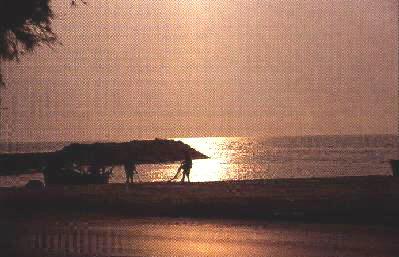 At the cross-road of the three continents that border the Atlantic, there is an obligatory stop in the middle of the ocean, the Archipelago of Cabo Verde. Located 450 km off the coast of Senegal, it is composed of 10 islands and 8 islets. Of volcanic origin and positioned between parallels 15 and 17 of the North latitude, Cape Verde is made up of two distinctly different types of islands. Its six inhabited islands, located more to the West, are characterised by their mountainous landscapes, whereas the remaining three are distinguished by their long sandy beaches.
At the cross-road of the three continents that border the Atlantic, there is an obligatory stop in the middle of the ocean, the Archipelago of Cabo Verde. Located 450 km off the coast of Senegal, it is composed of 10 islands and 8 islets. Of volcanic origin and positioned between parallels 15 and 17 of the North latitude, Cape Verde is made up of two distinctly different types of islands. Its six inhabited islands, located more to the West, are characterised by their mountainous landscapes, whereas the remaining three are distinguished by their long sandy beaches.
The islands are divided into two groups named according to the trade windsthat reach them from the African Continent: windward and leeward.
With vast beaches that allow for all types of water sports, impressive mountains, high quality fish, various types of delicious seafood and the melodious deauty of its music all distinguish Cape Verde as an exciting tourist destination. Where politics are, the country is known for its stability and absence of any type of conflict. Because it is strongly influenced by Western culture, the people are mainly Christian and the majority of these are Catholic. With a total land area of 4,033 km Cape Verde is one of the five AtlanticArchipelagos of the Macaronésia.The others are Azores, Madeira, the Canary Islands and the Savage Isles. A little about its History In 1460, at the beginning of their adventurous discoveries, navigators in the service of the Portuguese Crown, landed in Cape Verde. Although there is no actual proof, there are indications that the Romans and the Carthaginians were aware of the existence of the Archipelago. It is also speculated that in the XII century, Arab seafarers may have reached the then unhabited islands.
Two years after its discovery, the islands of the Archipelago were colonized and, soon after, Cape Verde developed a largely mestizo population with its own unique culture that had been influenced by many other countries. Free Europeans and slaves of the African coast intermarried to form their own way of life and their own dialect - the "Creole". Together these formed the roots of the country's culture. Consequently, side by side, there can be found the large wooden pestle and the European stone grinder, the drumming sound of characteristic of the African dances and the sound of the Portuguese triangle as well as the West African game 'banco de ouri' which is played by everyone. |
|
An Emigrant People The poor resources and the long and constant droughts which have always struck the country forced Cape Verdeans, more than three centuries ago, to look for other places in search of a better life. Therefore, the emigrating population (500 thousand) is well above the local resident population (350 thousand). This makes Cape Verde a country of emigrants, who, however, maintain very close relations with their home-land. This can be seen in the culture, particularly in the music and in the development of the country. The remittance of moneys sent to the members of their families resident in the Archipelago, constitute an important source of incoming currency. |
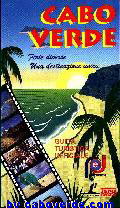

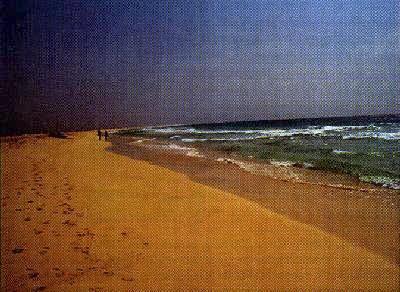
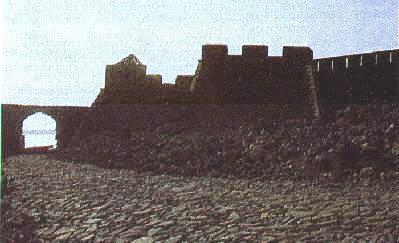
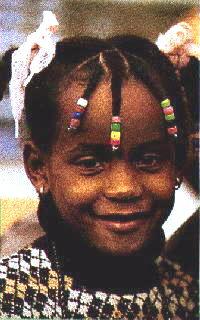
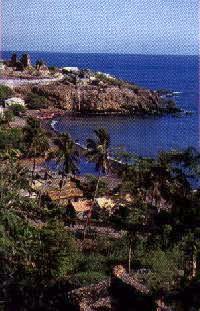
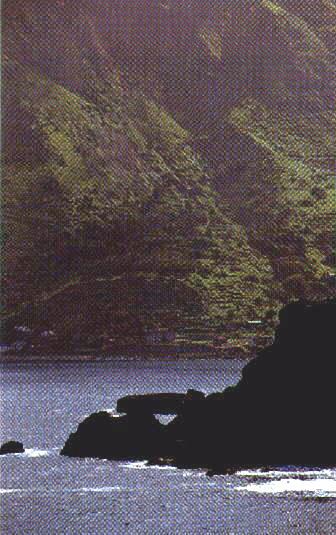
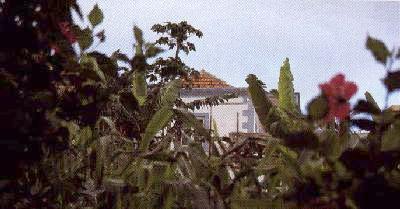
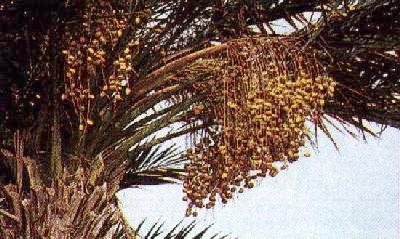
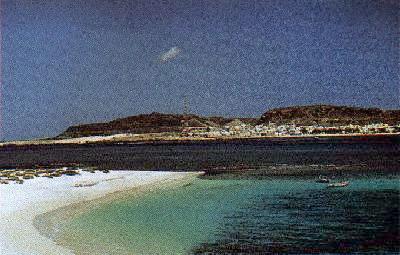
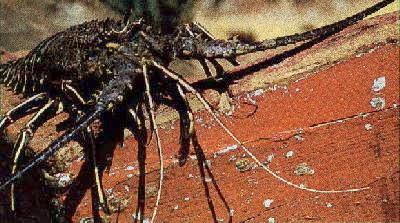 Lobster, various kinds of crabs and shellfish with magnificent shells, together with the coral are the delight of any collector. Turtles that are considered an endangered species all over the world, choose the beaches of the Archipelago for laying their eggs, and Cape Verde is considered the preferred habitat of diverse types of this species.
Lobster, various kinds of crabs and shellfish with magnificent shells, together with the coral are the delight of any collector. Turtles that are considered an endangered species all over the world, choose the beaches of the Archipelago for laying their eggs, and Cape Verde is considered the preferred habitat of diverse types of this species.


